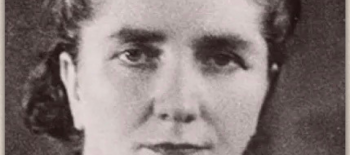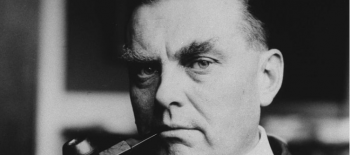August 1, 1944
80th Anniversary of Warsaw Uprising
This year we are commemorating the 80th anniversary of the Warsaw Uprising. Join the Poles at 5 PM CET/11 AM ET for one minute of silence—symbolizing the ‘W’ Hour, “the codename for the date and time that began Operation Tempest in German-occupied Warsaw, and hence the Warsaw [Uprising].”—Wikipedia
On August 1, 1944, at 17:00 o’clock, the Polish Home Army rose against the occupying power in a desperate and courageous attempt to liberate Warsaw from national socialist oppression. This uprising lasted for 63 days and became a symbol of the Polish nation’s free will and invincibility.
Over 200,000 Poles, many of them civilians, lost their lives in this heroic battle. Despite the unequal force conditions and devastating losses, the Uprising remained an inspiring example of resilience and sacrifice.

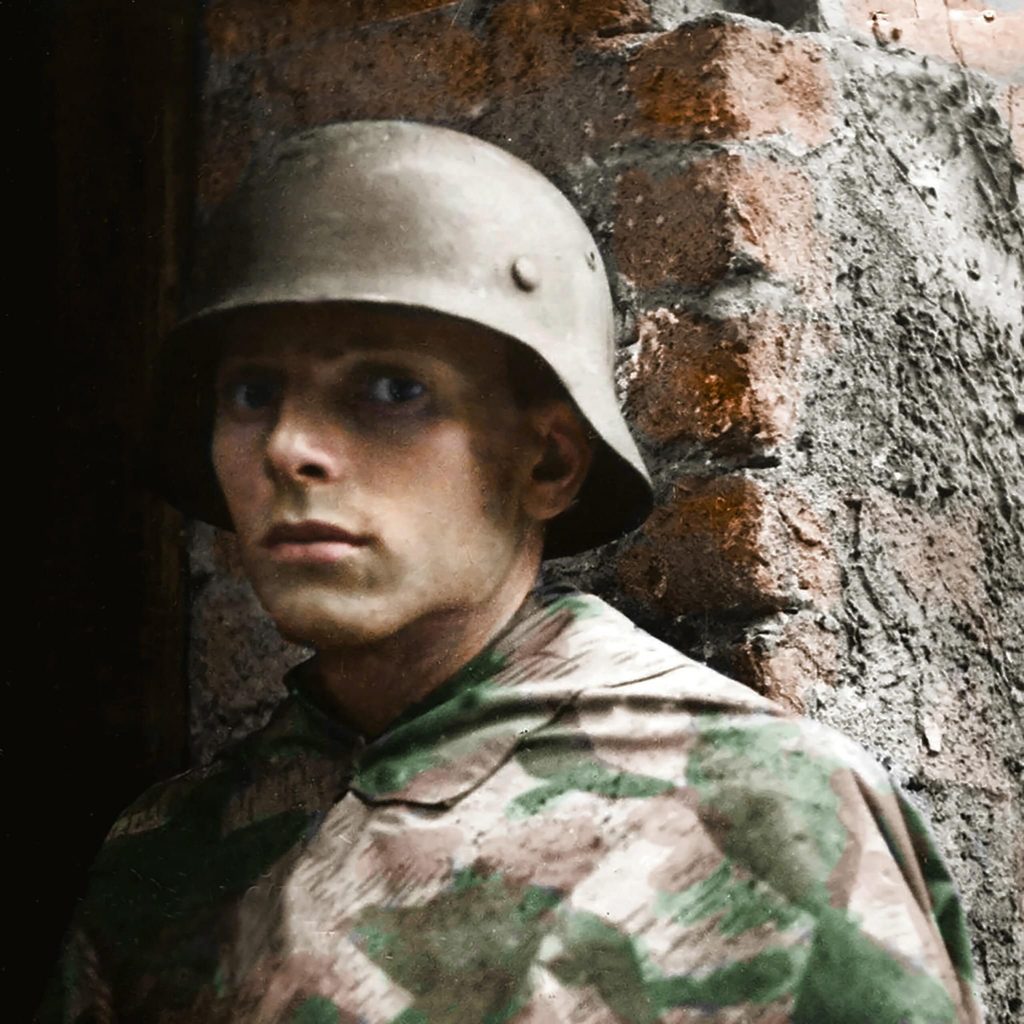
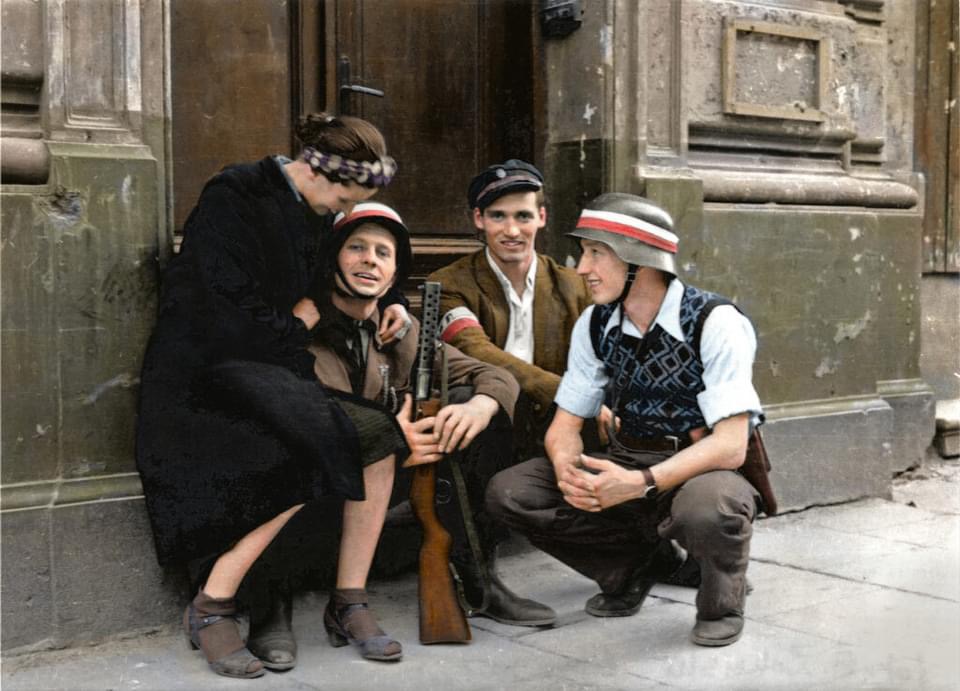
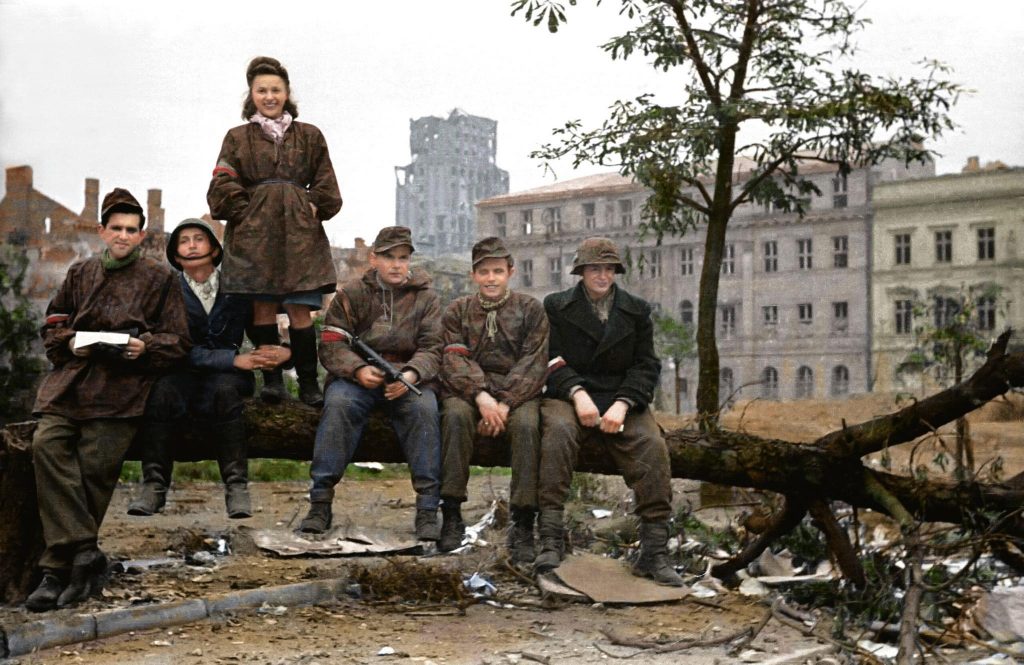
To mark the 80th anniversary of the Warsaw Uprising, the Consulate General of the Republic of Poland in New York presents the exhibition Colors of the Warsaw Uprising. This exhibition not only honors the history but also vividly depicts the wartime destruction and the brave insurgents, including many youths and children, through original photos from the Warsaw Uprising provided by the Warsaw Rising Museum. These images have been brought to life through the artistry of Polish artist Mikołaj Kaczmarek, whose colorizations restore the vividness of this dramatic history and honor the courage of the insurgents.
Outdoor exhibition July 29 until October 2024
Consulate General of the Republic of Poland in New York
233 Madison Avenue, New York, NY 10016
You can also join an engaging discussion with the artist behind these powerful works and deepen your understanding of this significant chapter in Polish history.
July 31 at 7:00 PM
Meeting with Michał Kaczmarek in-person
Consulate General of the Republic of Poland in New York
233 Madison Avenue, New York, NY 10016
RSVP
When in Warsaw, do not forget to visit the Warsaw Uprising Museum (Muzeum Powstania Warszawskiego). The Museum of the Warsaw Uprising organizes special events and exhibitions to keep the memory of this significant historical event alive.
You can also join the Warsaw Uprising Museum online. Discover what they have prepared to commemorate those who fought for Poland’s freedom in 1944. May their sacrifice be remembered by all of us and across the globe.
- ”Colour of the Rising 1944” book premiere
- Concert and the premiere of the „Wawa” album Brodka and guests
- “Remembrance Caught on Camera”
- „Chcieliśmy być wolni” (We wanted to be free)
- Concert for children entitled: ”«W» jak ważne” performed by Małe TGD
- Holy mass attended by insurgents, scouts and Warsaw residents
- Assembly of the jamboree on the 80th anniversary of the Warsaw Rising
- Meeting of the Warsaw insurgents with the President of The Republic of Poland Andrzej Duda and the President of the capital city of Warsaw Rafał Trzaskowski
- Opening of the exhibition: Tangible. 80 remarkable objects from the Warsaw Rising
- Outdoor exhibition ”Colour of the Rising 1944”
- „W” Hour
- “Freedom unites”
- “Varsovians sing (un)forbidden songs” – „Warszawiacy śpiewają (nie)zakazane piosenki”
- Opera ”D’ARC” PREMIERE directed by Krystian Lada
- Assembly ending the jamboree on the 80th anniversary of the Warsaw Rising
- Commemorative cycle rally “Masa Powstańcza”
- Opera ”D’ARC” directed by Krystian Lada
- „Labirynth ’44. «W» znaczy wolność”
- Ceremony in honour of the civilian population of Wola
- March of remembrance
- Closing of the march of remembrance
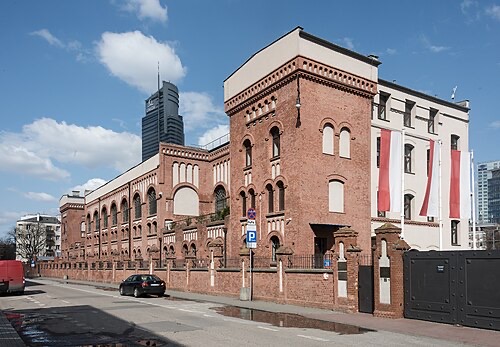
We also recommend the downloadable Warsaw Uprising 1944. Battle for Poland exhibition of The Institute of National Remembrance.
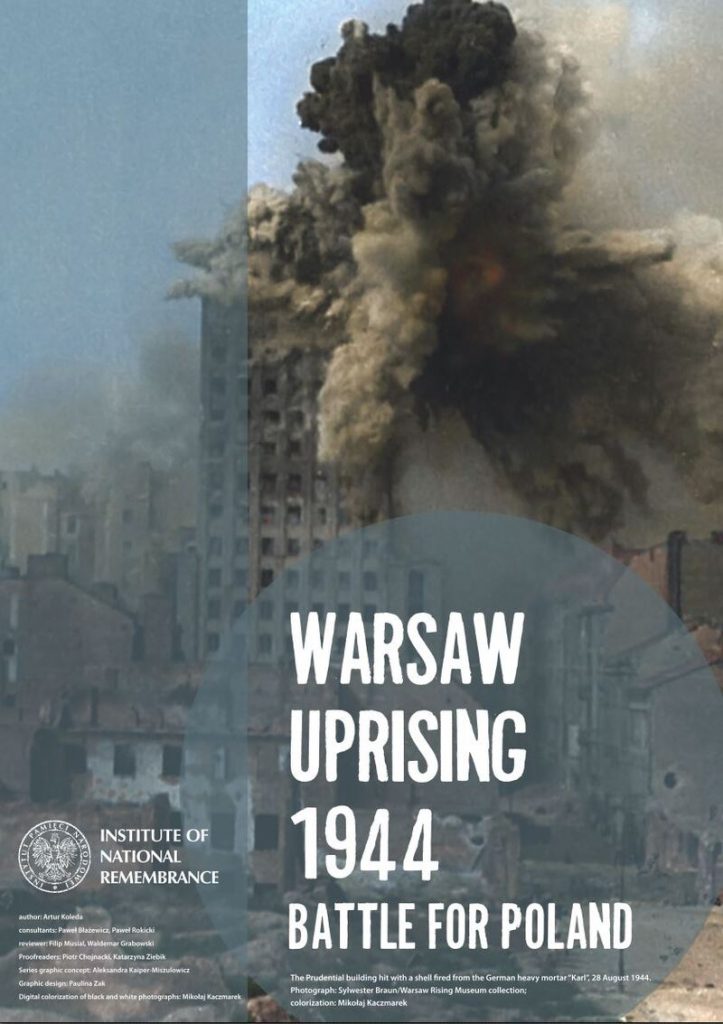
The exhibition, prepared by the IPN’s National Education Office in Warsaw, presents basic information about the uprising in our capital in August and September 1944. Thanks to the intricate process of coloring black and white photographs by Mikołaj Kaczmarek, this is the first – full color – exhibition about the Warsaw Uprising. The photographs presented here come from the collections of, among others, the Warsaw Rising Museum, the Polish Press Agency, the KARTA Center, and private collections.
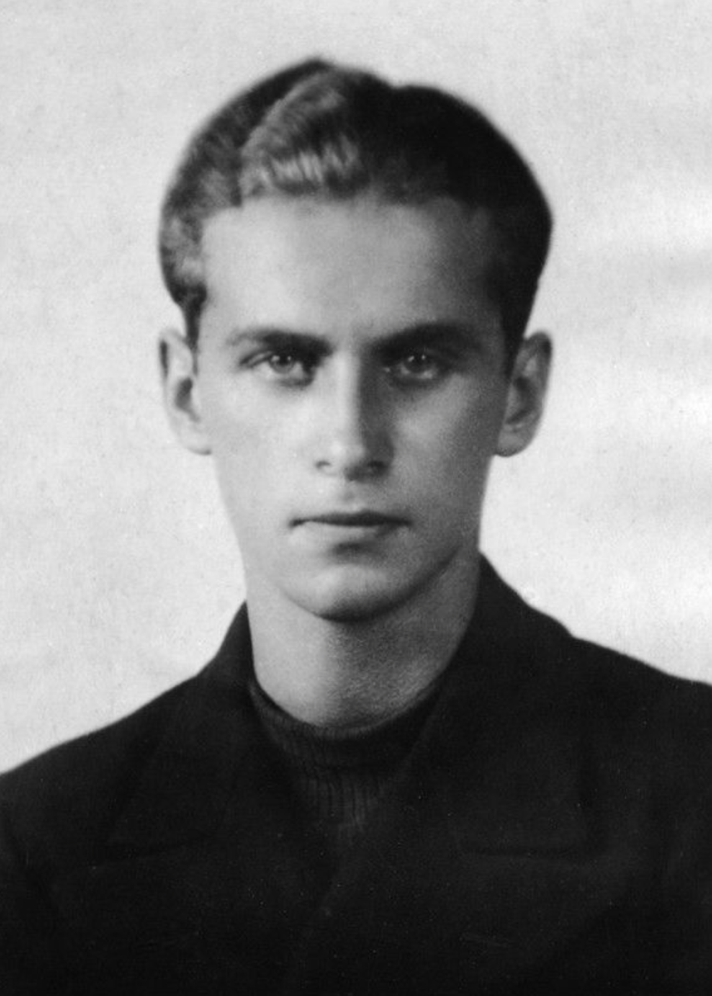
Baczyński, a romantic fighter for freedom
Polish Poetry Unites
Watch on our YouTube channel
Warsaw Uprising Memorial Day also reminds us of one of the heroes, Krzysztof Kamil Baczyński, who was killed on the 3rd day of the Uprising in the center of Warsaw. During World War II, Baczyński actively participated in the Polish resistance movement. However, this did not prevent him from developing his passion for lyricism. He is one of the most important Polish poets of the 20th century; however, he is not widely known in the USA and is very difficult to translate. Regretfully, says Edward Hirsch. In the short documentary film, which follows Edward Hirsch’s introduction, an engineer, Anna Kurkowska-Mielczarek is featured, talking about her life in the context of Baczynski’s poem—“A Poet’s House”—a fragment of his poetic novellas called The Poet’s Wedding. Image: Krzysztof Kamil Baczyński, reproduction by: Andrzej Szypowski/East News. Image source: Culture.pl.
A valuable source of information about the events of the Warsaw Uprising is a book by Miron Białoszewski, A Memoir of the Warsaw Uprising. Tr., intro., and notes by Madeline G. Levine. New York: New York Review Books, 2015. Białoszewski published A Memoir of the Warsaw Uprising in 1970, recounting, in fragmented, anti-heroic language, the civilian experience under German bombardment, challenging the Romantic narrative of the Uprising as it was generally conceived. To learn more about the author, we encourage you to listen to the Encounters with Polish Literature episode about Miron Białoszewski with Joanna Niżyńska, hosted by David A. Goldfarb.
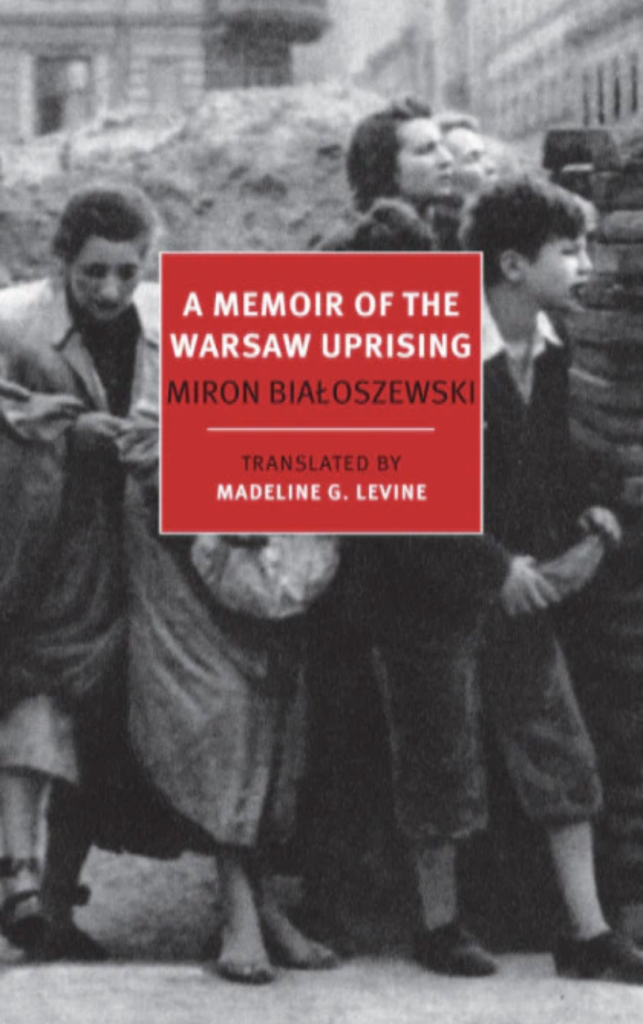
“On August 1, 1944, Miron Białoszewski, later to gain renown as one of Poland’s most innovative poets, went out to run an errand for his mother and ran into history. With Soviet forces on the outskirts of Warsaw, the Polish capital revolted against five years of Nazi occupation, an uprising that began in a spirit of heroic optimism. Sixty-three days later, it came to a tragic end. The Nazis suppressed the insurgents ruthlessly, reducing Warsaw to rubble while slaughtering some 200,000 people, mostly through mass executions. The Red Army simply looked on.”—New York Review Books
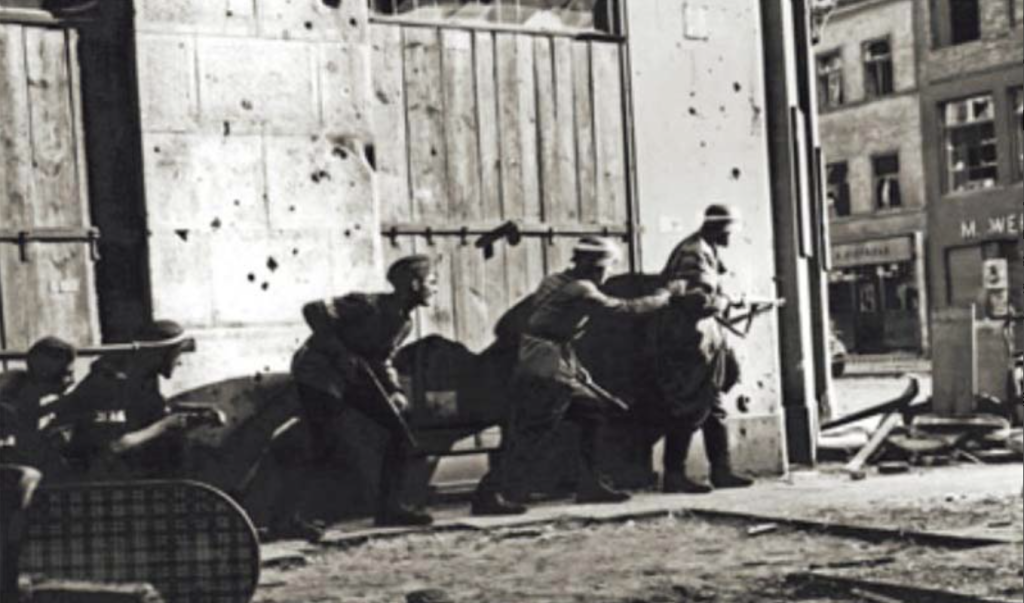
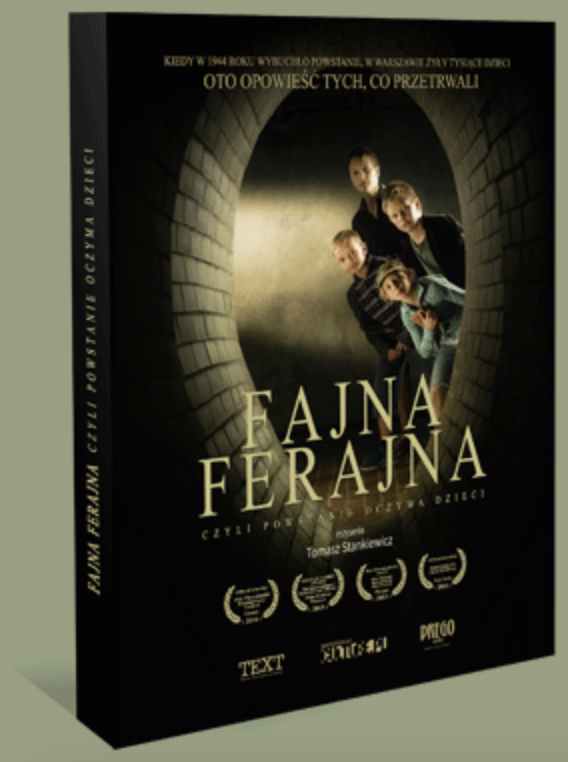
Film Brave Bunch. Warsaw Uprising through Children’s Eyes
When the Warsaw Uprising started in 1944, thousands of children lived in the city. Here are the stories of those who survived. Hybrid documentary Brave Bunch tells the story of a heroic and tragic 63-day strugle to liberate Warsaw from Nazi German occupation during World War II from a perspective of children.
In Brave Bunch, a group of children run through the streets of modern-day Warsaw, the city their playground. One of them spies a discarded journal, and they are transported back to August 1944. As the children enter the Warsaw Uprising Museum, the exhibits soon step out of the past. Based on fact, with a sprinkling of magic realism and driven by the children’s curiosity, Brave Bunch. The Uprising through children’s eyes relates tender, often moving accounts of those who witnessed the uprising as children themselves, drawing a line between past and present with playful dexterity. Source: www.fajnaferajna.pl/en







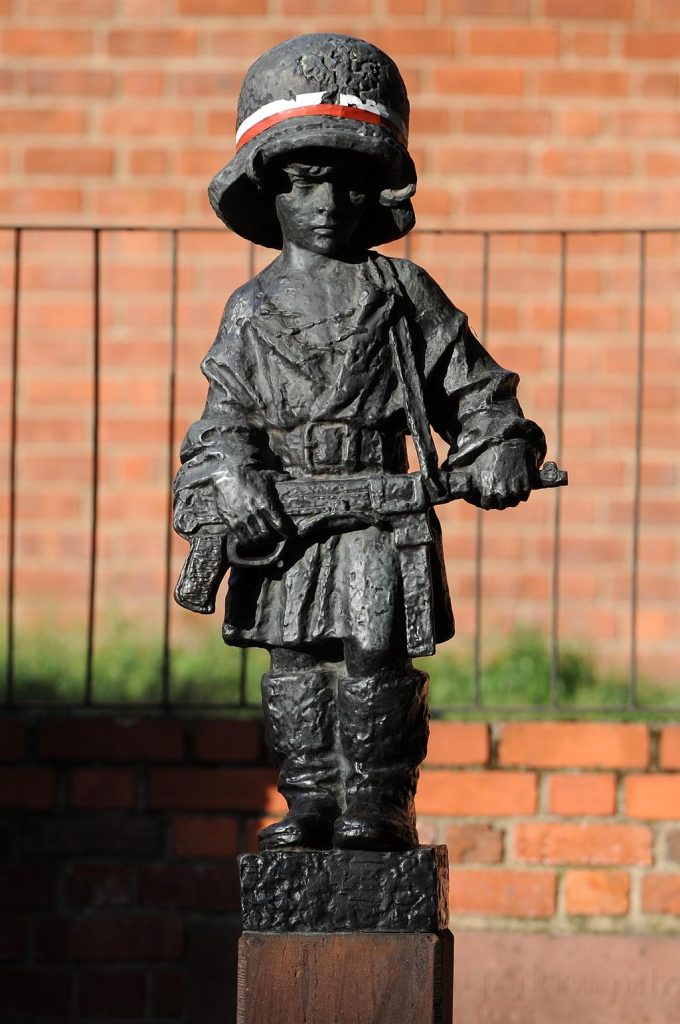
Image: Explosion of a 600 mm caliber missile fired from the Karl-Mörser Gerät 040 mortar at the Prudential Insurance Company building at 9 Napoleona Square (now Powstańców Warszawy Square). In the foreground, there are ruins of buildings on Świętokrzyska Street. A shot from the tenement house at ul. 28 Kopernika St. towards the west, 28 August 1944, photo: Sylwester Braun ‘Kris’ / Warsaw Uprising Museum. Source: Culture.pl.

